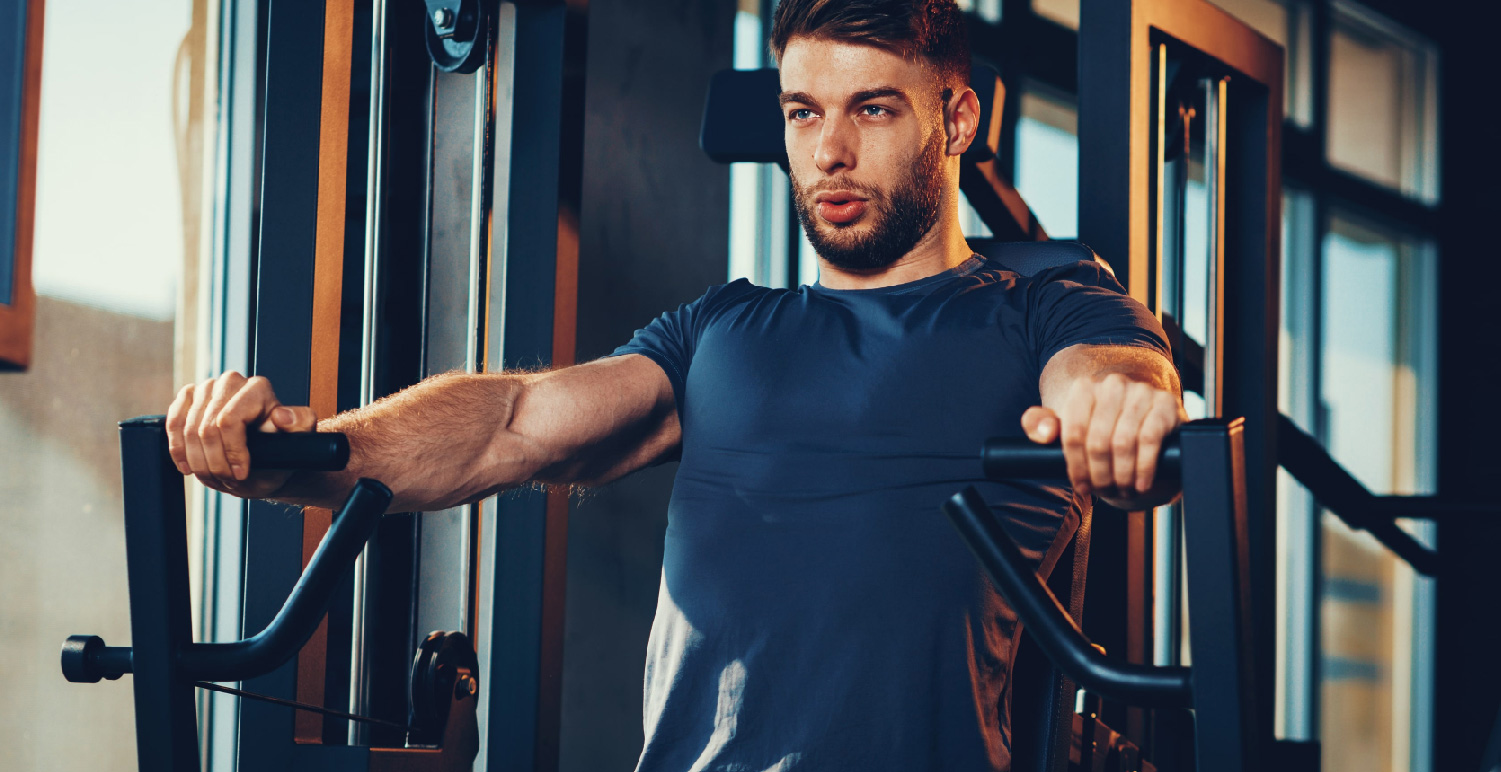
Breathing During Exercise: How to Optimize Your Workout with the Correct Technique
Breathing during exercise changes your entire perception of the effort required to achieve your goals.
If done correctly, it’s the difference between reaching our goals or sticking to the same old routine.
Dive with us into the mysteries of breathing during workouts and discover how this natural art is also the key to optimizing your athletic performance.
Take a deep breath, and let’s get started!
The Fundamentals of Breathing and Its Influence on Athletic Performance
Breathing may seem like a simple and automatic action. However, when it comes to physical activity, how we breathe directly impacts our performance and even long-term health. Understanding the fundamentals of breathing is crucial to optimize your training and achieve desired results.
The process of breathing involves the exchange of oxygen and carbon dioxide between the lungs and the bloodstream. During exercise, our muscles require more oxygen to produce energy and, consequently, release more carbon dioxide. This increases the respiratory demand.
Dr. Marcos Silva, a pulmonologist and exercise physiology specialist, explains: “Inadequate breathing during training leads to lower oxygenation of the muscles, reducing endurance capacity and causing premature fatigue.”
Several studies have demonstrated the connection between proper breathing technique and training efficiency. Research published in the Journal of Sports Medicine indicated that athletes trained in diaphragmatic breathing technique demonstrated higher endurance and faster recovery between sets of exercises.
In addition to performance, breathing also plays a crucial role in injury prevention. Breathing correctly helps maintain intra-abdominal pressure and core stability during weightlifting exercises, for example.
On the other hand, shallow breathing or chest-only breathing leads to lower oxygenation and results in a range of issues, from dizziness and cramps to postural imbalances.
Breathing Techniques for Different Types of Workouts
Breathing, besides being essential for survival, plays a key role in optimizing different types of workouts. The correct breathing technique varies depending on the activity, and mastering it makes the difference between mediocre performance and high efficiency.
Endurance Training (Running, Cycling, Swimming)
Rhythmic breathing is crucial here. In the case of running, for example, some experts recommend breathing every three or four steps to avoid overloading one side of the body. A study in the European Journal of Applied Physiology found that runners who maintained rhythmic breathing had better oxygen distribution and improved performance.
Weightlifting and Strength Training
Valsalva breathing is often taught, involving inhaling during the relaxation phase and holding the breath during the effort phase, exhaling at the end of the movement. This helps stabilize the core, offering spine protection and enhancing strength. However, it’s important to consult a specialist as this technique may not be suitable for everyone.
Yoga and Pilates
Here, the emphasis is on deep and controlled breathing, often synchronized with movements. Diaphragmatic breathing, primarily using the diaphragm, is encouraged to promote relaxation, stability, and a mind-body connection.
High-Intensity Interval Training (HIIT)
Fast and rhythmic breathing is crucial to maintain adequate oxygenation during these high-demand activities. It’s vital to avoid holding your breath, as it leads to early fatigue.
Martial Arts
In modalities like karate or taekwondo, breathing is often synchronized with strikes or movements, exhaled quickly and powerfully to enhance impact.
According to coach and biomechanics specialist Lara Soares, “The secret of breathing in training is not only knowing when to inhale or exhale but understanding the biomechanics behind each movement and how breathing enhances or compromises technique.”
Regardless of the chosen modality, it’s vital to be conscious of your breathing and always seek to improve your technique. In many cases, the guidance of a coach or physiotherapist is valuable to ensure you are breathing in a way that complements and enhances your training.
Correct breathing transforms your workout, bringing faster results and better performance. Master this technique and feel the difference.
Intrigued by the influence of breathing on your workouts? Explore other essential topics with us to optimize your performance. Follow Sooro Renner’s Blog and find us on social media.
Thank you for choosing us as your source of information. Until next time!
Sooro Renner – Nutrition that Produces Results.